Comprehensive Export Guidelines for Pistachio Buyers and Sellers in Iran
Iran, as one of the world’s largest pistachio producers, plays a pivotal role in meeting global demand. Exporting pistachios from Iran offers lucrative opportunities for both buyers and sellers, yet it requires careful navigation of processes, regulations, and market dynamics. This comprehensive guide provides an in-depth look into the export procedures, quality standards, logistics, and strategies essential for pistachio traders.
Why Choose Iranian Pistachios?
Iranian pistachios are renowned for their superior quality, rich flavor, and diverse varieties. From Fandoghi (round) and Kaleh Ghoochi (jumbo) to Akbari and Ahmad Aghaei, these varieties cater to different consumer preferences worldwide. The unique climate of Iran’s pistachio-growing regions, combined with traditional cultivation methods, ensures unmatched quality and taste.

Key Benefits of Iranian Pistachios:
- Wide Variety: Offering options that suit different market demands.
- Cost-Effective: Competitive pricing compared to other major producers.
- Nutritional Value: Packed with healthy fats, protein, and essential nutrients.
- Cultural and Historical Significance: A product deeply rooted in Iranian tradition.
For more details on pistachio varieties, visit our Pistachio Varieties page.
Export Process for Pistachios from Iran
Step 1: Understanding the Market
Before entering the pistachio trade, it’s crucial to research the target markets. Analyze consumer preferences, pricing trends, and legal requirements for pistachio imports in various countries.
Key Markets for Iranian Pistachios:
- European Union: Focus on meeting stringent quality and aflatoxin regulations.
- China and East Asia: Growing demand for premium nuts as health consciousness rises.
- Middle East and North Africa (MENA): Neighboring countries with strong cultural ties to pistachios.
- United States: A competitive but rewarding market for niche segments.
Step 2: Sourcing Quality Pistachios
To maintain a competitive edge, sourcing high-quality pistachios is non-negotiable. This involves working directly with farmers or reliable suppliers who adhere to best practices in harvesting, processing, and storage.
Step 3: Meeting Export Standards
Iranian pistachio exporters must comply with international standards, particularly for food safety and aflatoxin levels. Common certifications include:
- ISO 22000: For food safety management.
- HACCP: Ensuring hazard-free production.
- Global GAP: For sustainable and safe agricultural practices.
Step 4: Packaging and Labeling
Proper packaging and labeling are crucial for preserving pistachio quality and meeting import regulations. Use airtight, moisture-resistant packaging to maintain freshness during transit. Labels must include:
- Product type and variety.
- Net weight and batch number.
- Country of origin.
- Expiry date and storage instructions.
Step 5: Documentation and Compliance
Exporting pistachios requires accurate documentation. Key documents include:
- Commercial Invoice: Detailing the transaction.
- Certificate of Origin: Verifying the product’s Iranian origin.
- Phytosanitary Certificate: Confirming compliance with health standards.
- Bill of Lading: For shipping details.
- Inspection Certificate: Ensuring the shipment meets quality standards.
Challenges in Pistachio Exporting
While exporting pistachios from Iran is lucrative, it comes with challenges:
1. Aflatoxin Regulation
Aflatoxin contamination remains a primary concern for Iranian pistachios. Exporters must ensure rigorous testing and compliance with limits set by markets like the EU.
2. Economic Sanctions
Sanctions impact financial transactions and trade logistics, particularly with Western countries. Collaborating with trusted intermediaries can mitigate these issues.
3. Shipping and Logistics
Global shipping delays and rising freight costs affect export timelines. Exporters should work with reliable logistics providers to ensure timely delivery.
4. Competition
Countries like the United States and Turkey are strong competitors. Differentiating Iranian pistachios through quality, branding, and marketing is essential.
Strategies for Successful Exporting
To overcome these challenges and thrive in international markets, exporters can implement the following strategies:
1. Invest in Quality Assurance
Adopting advanced processing technologies and stringent quality checks can help maintain the reputation of Iranian pistachios.
2. Expand Market Reach
Exploring untapped markets in Southeast Asia, Africa, and Latin America can diversify revenue streams and reduce dependence on traditional buyers.
3. Leverage E-Commerce Platforms
Utilizing platforms like Alibaba or dedicated websites enables direct interaction with buyers, eliminating intermediaries.
4. Participate in Trade Fairs
International exhibitions such as Gulfood and Anuga provide opportunities to showcase products and network with potential clients.
5. Build Strong Partnerships
Collaborating with local distributors and retailers in target markets can improve market penetration and customer trust.
External Resources for Pistachio Exporters
- International Nut and Dried Fruit Council: Industry insights and market trends.
- European Commission on Food Safety: Guidelines on aflatoxin standards.
- Iran Customs Administration: Export procedures and regulations.
Useful Links to our Pages
For more details on our quality assurance processes, visit our Quality Assurance page. To learn more about the export markets we serve, check out our Export Markets section.
Conclusion
Exporting pistachios from Iran is a rewarding venture that requires careful planning, adherence to regulations, and a commitment to quality. By following these guidelines, both buyers and sellers can maximize their success in this competitive industry. Iranian pistachios, with their unparalleled flavor and versatility, are poised to continue dominating global markets for years to come.

[…] For more detailed information about Iranian pistachio varieties visit our page. To learn about our export processes, check out our Export Guidelines. […]